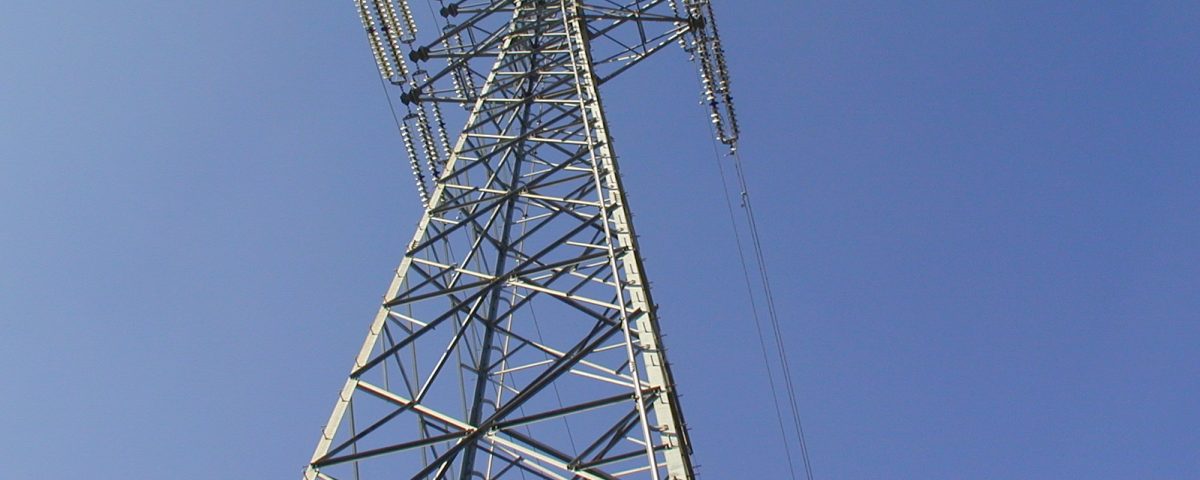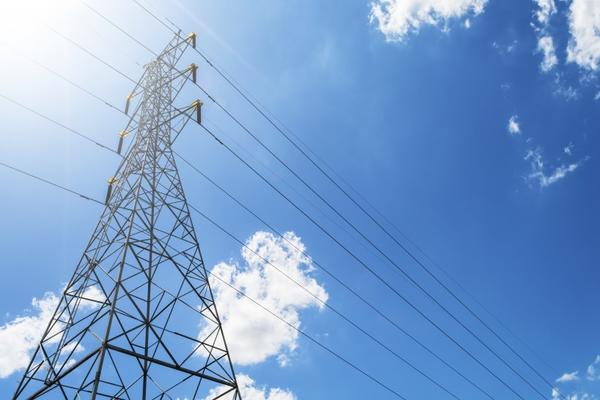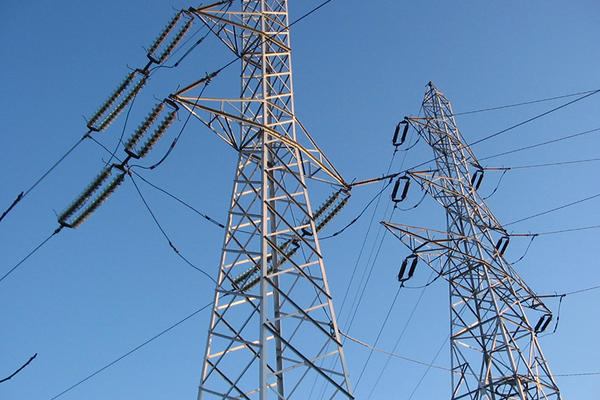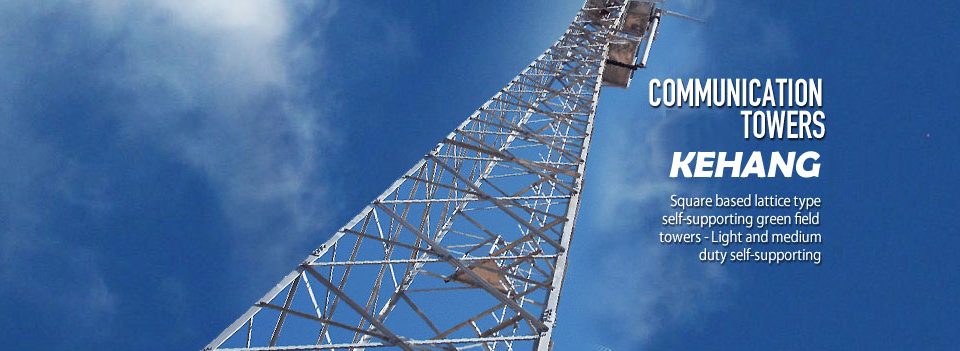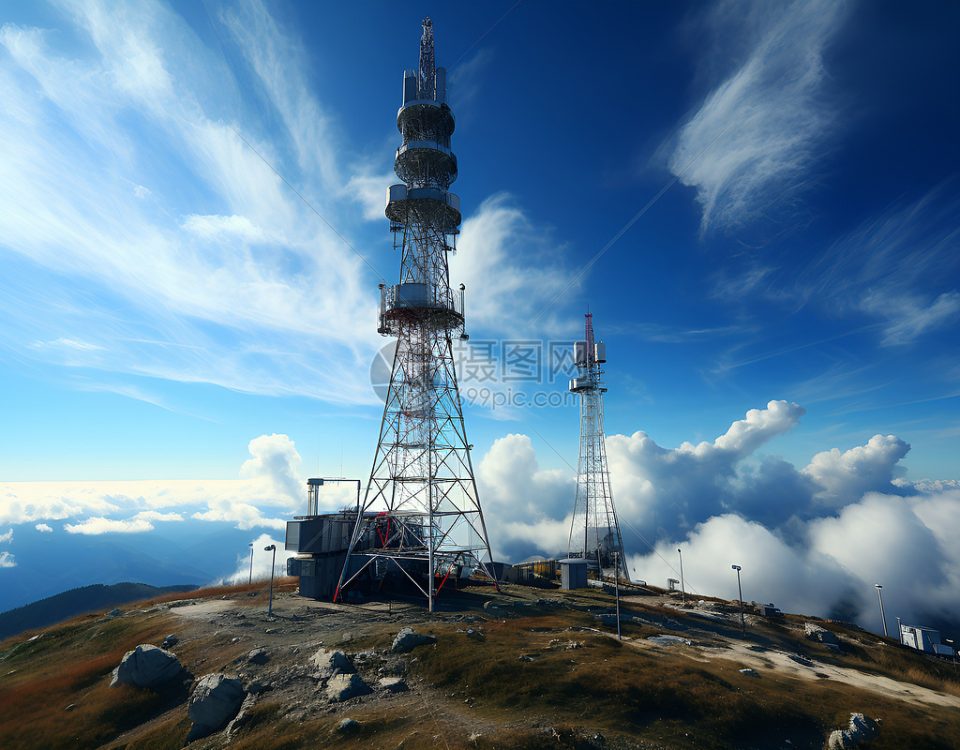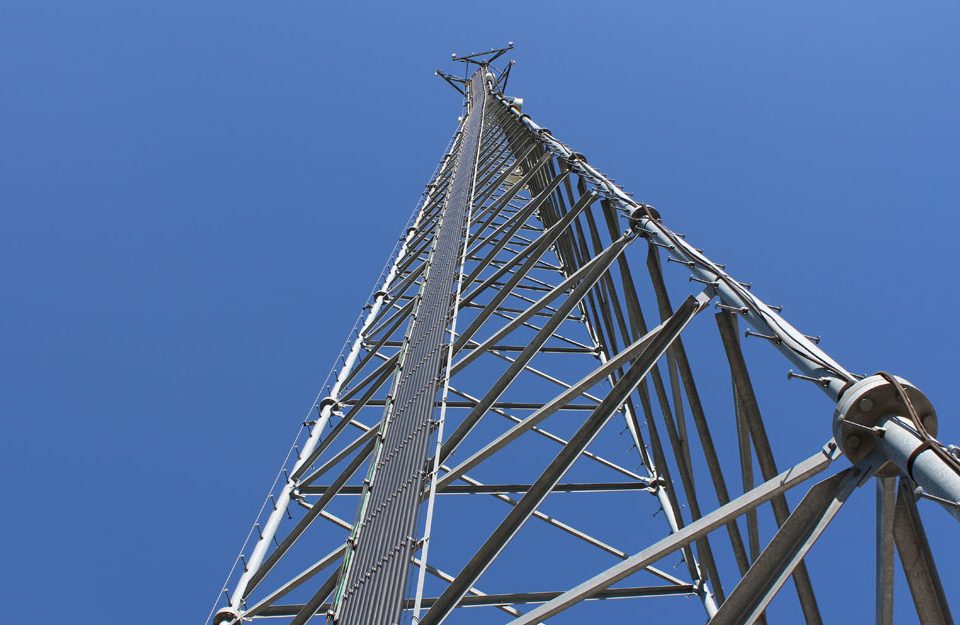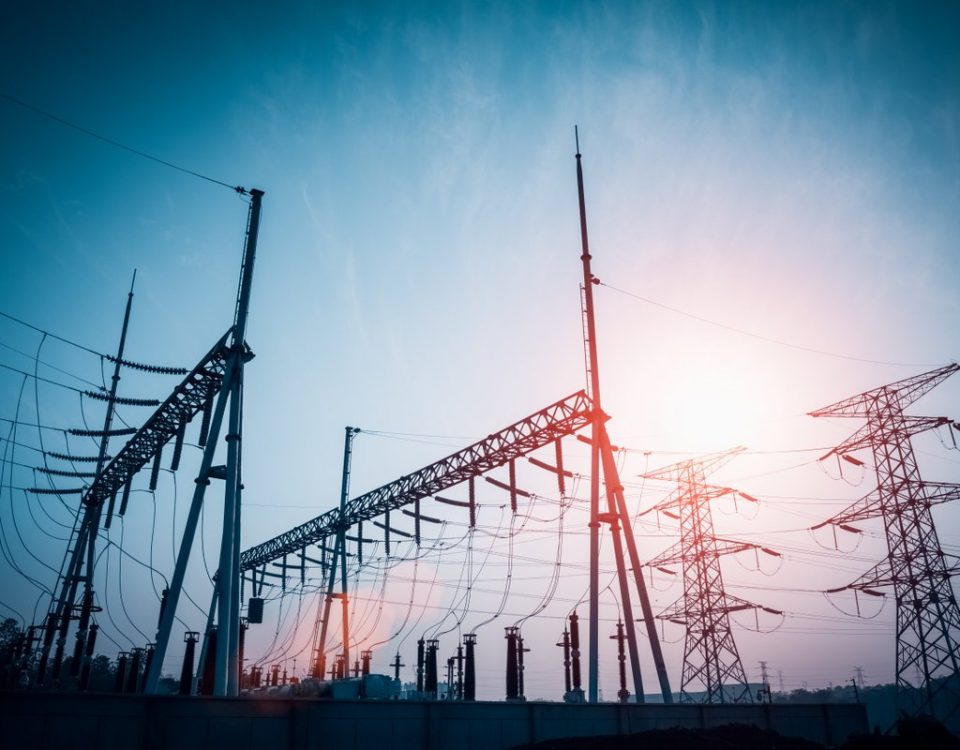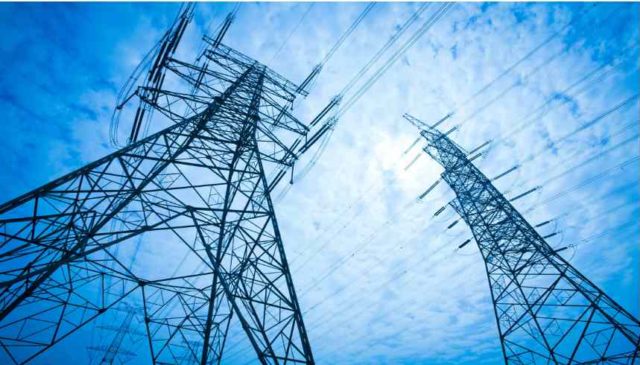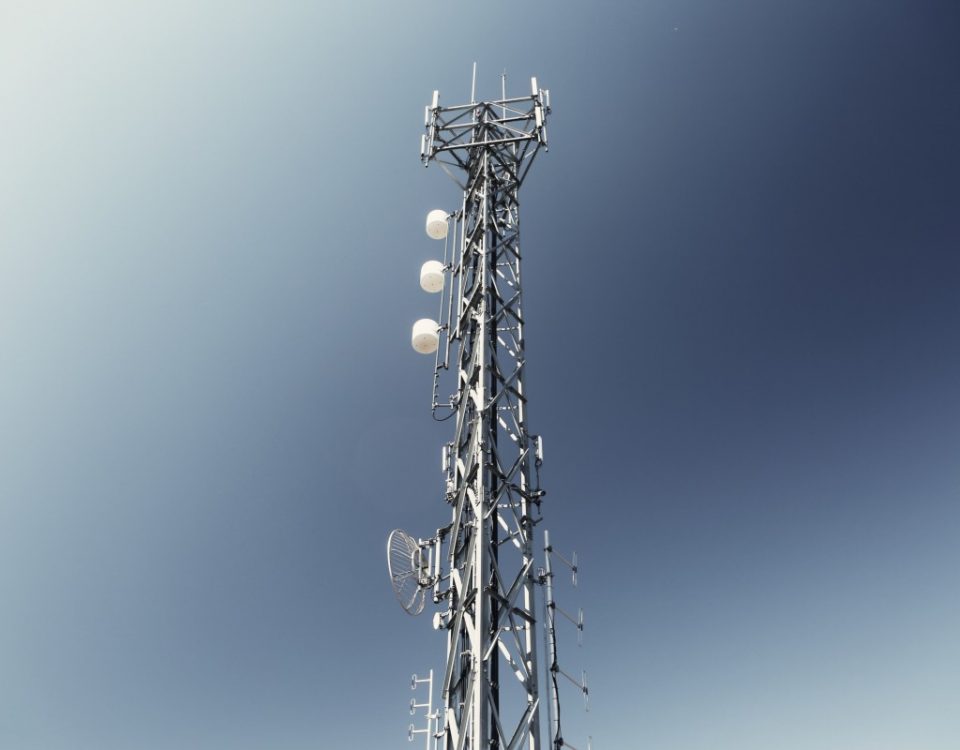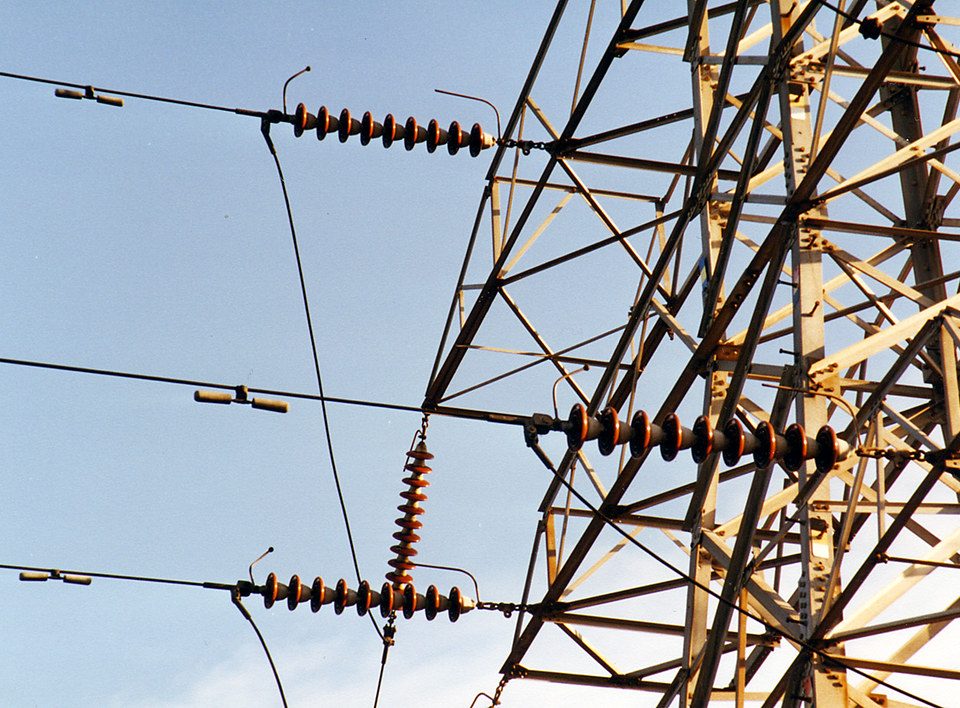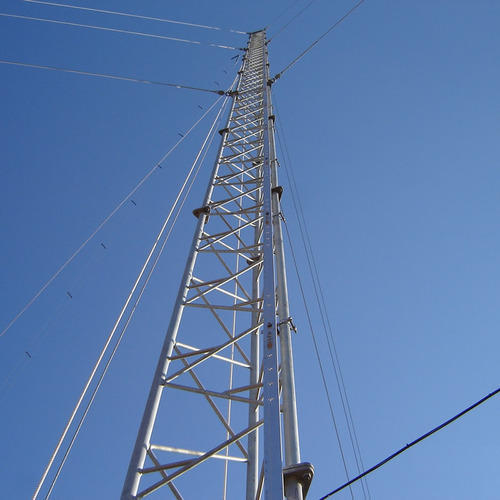
تجزیه و تحلیل و طراحی ملاحظات برج فولاد communiation
دسامبر 8, 2018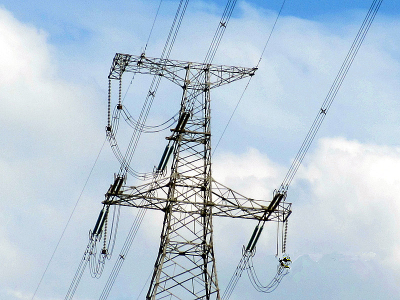
زاویه ای برج انتقال برق
دسامبر 10, 2018تشکیل یخ
اگرچه تشکیل یخ به طور مستقیم مسئول خرابی های کمتر برج نسبت به باد در نظر گرفته شده است, با این حال باید در طراحی در نظر گرفته شود. در حالی که وقوع آن به مکرر بادهای شدید نیست, یک طوفان یخ یا باران یخ زده می تواند نتایج فاجعه باری داشته باشد. هنگامی که یخ روی اعضا و متعلقات یک برج تشکیل می شود, نه تنها بار گرانشی کل است (مرده به اضافه بار زنده) افزایش یافت, اما بارهای روی نواحی پیش بینی شده اعضا و لوازم جانبی افزایش می یابد. همانطور که در بخش قبل در مورد بارهای باد نشان داده شد, این اثر تولید بارهای کل باد بزرگتر برای فشار باد یکسان خواهد داشت. برج ها می توانند از نظر حساسیت به آسیب ناشی از تشکیل یخ متفاوت باشند. تحت شرایط مشابه تشکیل یخ, یک برج خود نگهدار, با کمتر, اما سنگین تر, structural members than a دکل مهاری, which is usually built of a number of lighter, more closely spaced members, is subject to a smaller percentage increase in load. The weight of ice that can form on a guyed tower may substantially exceed the dead weight of the tower. Where icing conditions are frequent and severe, consideration should be given to the installation of deicing equipment. Deicing equipment is typically installed only on antennas and is used to minimize the standing wave ratio of the radiated signal from the antenna. Many types of deicing systems have been tried on the larger towers in ice-prone areas, but cost-benefit results have been disappointing. The current, most dependable and widely used method of dealing with the accumulation of ice and its related loading is designing the tower to support the additional load. Ice falling from towers can be hazardous and cause injuries or death to persons, as well as considerable damage to property (به عنوان مثال, vehicles, ساختمان ها, آنتن, خطوط انتقال, و تجهیزات دیگر) and sections of the tower below. Where this is possible, protective measures should be taken. The installation of ice shields is recommended over transmission lines and other sensitive equipment. Consideration should be given to the protection of the transmitter building, or it should be constructed to resist damage from falling ice. The installation of protective canopies should also be considered for the protection of other property, automobiles, and people. Consideration should also be given to the fact that wind can deflect falling ice.
Earthquake بارهای
Many areas in the United States, while not considered active seismically, are susceptible to earthquakes. No reliable method of predicting the time and place of a destructive earthquake, either in a highly seismic or relatively non-seismic area, is available. In some regions of the country, earthquake loads must be considered in the design of a tower, particularly on the west coast. معمولا, earthquake loads are considered to act horizontally on a structure and vary with, در میان عوامل دیگر, the mass of the structure. به این دلیل, the less massive guyed towers are very often preferable in these regions. More sophisticated design techniques will incorporate features to equalize vertical, as well as horizontal, ground motions.
Codes and Standards
Most municipalities have their own building codes or are subject to statewide, countrywide, or other jurisdictional building codes. عموما, these codes are based either in part or entirely on one of the three nationally recognized model building codes, which are referenced below. As such, the owner of a proposed tower usually will not be issued a building permit unless the design and construction conform to the provisions of the municipal building code or is granted a variance accepting other criteria. If the construction of a tower is proposed in a jurisdiction where there is no building code, a model building code containing such provisions can be used as guidance. علاوه بر این, nationally recognized standards are available for use in the design and construction of towers. Having knowledge of which code or standard was used in the design and construction of a tower can be very useful to risk management personnel in evaluating the tower.
The four nationally recognized model
building codes are:
- StructuralStandard for Antenna Supporting Structures and Antennas published by the Telecommunications Industry Association (TIA)
- TheUniform Building Code published by the International Conference of Building Officials (ICBO)
- TheBOCA National Building Code published by Building Officials and Code Administrators International, Inc. (BOCA)
- TheStandard Building Code published by Southern Building Code Congress International, Inc. (SBCCI)

